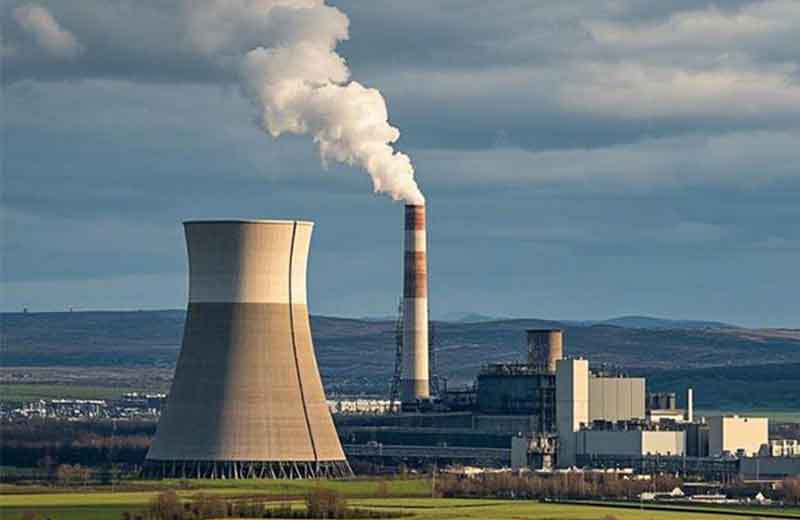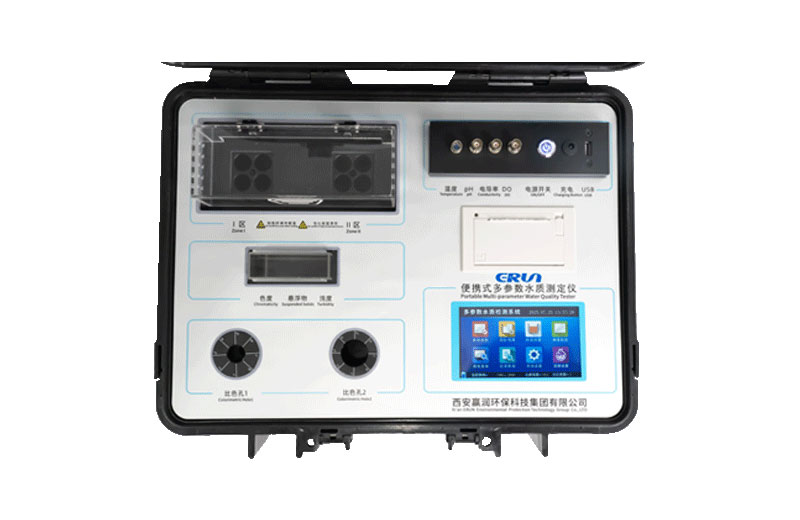Need water quality testing solutions for industrial boilers? Follow GB/T 1576-2018, monitor hardness, pH, chloride ions with pH meters, ion analyzers to prevent scaling and corrosion. Let’s break it down.

Hey, managing an industrial boiler? Water quality issues can turn it into a maintenance nightmare—think scaling or corrosion. According to China’s Ministry of Ecology and Environment, coal-fired boilers contributed 20% of national SO2 emissions in 2021, dragging down efficiency.20With over 5 million boilers running nationwide, 2023 saw 15% of failures tied to poor water quality, costing billions.
Labs, whether university or corporate, aren’t just testing—they’re predicting risks. The China Boiler and Pressure Vessel Standardization Committee (TC262) says water quality control extends boiler life by 20%.19Real-world example? A Guangdong textile factory ignored testing, lost 10% efficiency, then adopted a new solution, saving 30 tons of coal monthly. This module stands alone: act early to avoid costly breakdowns. Ready for standards?
When it comes to water quality testing solutions for industrial boilers, national standards are your roadmap. GB/T 1576-2018, effective since December 2018, governs steam and hot water boilers under 3.8MPa, setting feedwater hardness ≤0.03mmol/L, boiler water pH 10-12, and chloride ions ≤100mg/L.Compared to the 2008 version, it adds requirements for cast aluminum condensing boilers, with dissolved solids ≤1000mg/L to prevent corrosion.
Why so strict? A 2023 report from the Ministry of Ecology and Environment noted that boiler-related water pollution incidents accounted for 12% of cases, inflating maintenance costs by 25%.For testing, low-pressure boilers need monthly checks; high-pressure ones, weekly. Per the 2024-2025 Energy-Saving Action Plan, water quality compliance is key to cutting energy use by 3.5%.This module’s complete: follow standards, and your reports will pass audits. Next, the instruments.
Crafting water quality testing solutions for industrial boilers isn’t rocket science—just follow four steps: assess, sample, test, optimize. Let’s keep it simple to avoid boiler disasters.
Step 1: Risk Assessment
Use GB/T 1576-2018 to pick indicators like hardness and iron (feedwater ≤0.3mg/L). Check boiler type, set monitoring points: inlet, drum, blowdown—one each.
Step 2: Sampling Standards
Use glass or plastic bottles, store in dark ≤48 hours. Frequency? Daily quick tests during operation, full checks monthly. 2023 data shows standardized sampling cuts error rates to 3%.
Step 3: Lab Testing
Deploy instruments, sync data to LIMS systems. If readings exceed limits, dose chemicals to adjust pH to 11.
Step 4: Optimization Feedback
Generate reports, suggest fixes like softeners. Real case: A Jiangsu chemical plant’s 2024 solution halved scaling, boosting efficiency 8%, per Zhejiang’s Environmental Report.
Budget? Start at $7,000, with quick ROI. Backed by ResearchGate, proper testing extends boiler life 15-20%.This module’s ready to roll: apply it and level up.
Picking the right instruments? Check tender documents—they’re goldmines. A 2024 Guangdong reclamation tender prioritized pH and hardness meters, with budgets over $140,000.Zhejiang’s 2025 boiler retrofit tender listed ion analyzers, valued at $280,000+.Market stats: China’s water quality instrument sales hit $7 billion in 2024, with boiler-specific tools at 18%.
Here’s a curated table, parameters aligned with standards, favoring online monitoring.
| Instrument Type | Example Model | Key Parameters | Approx. Cost (USD) | Common Brands in Tenders |
|---|---|---|---|---|
| pH Meter | HQ40D Portable | ±0.01 accuracy, 0-14 range | 1,400-2,800 | HACH, Mettler Toledo |
| Hardness/Alkalinity Analyzer | DR3900 | Hardness ≤0.03mmol/L | 4,200-7,000 | HACH, SnowDragon |
| Chloride Ion Meter | 781 | 1-100mg/L, ±1% accuracy | 2,100-3,500 | Mettler, Shimadzu |
| Conductivity Meter | HQ30D | ±0.5% accuracy, TDS monitoring | 1,100-2,100 | HACH, Tianrui |
| Dissolved Oxygen Meter | Pro20 | 0-20mg/L, ±0.1 accuracy | 2,800-4,900 | YSI, Lihe |
These meet GB/T 1576, with HACH dominating tenders at 99% compliance.Calibrate before buying for traceable data. This module’s scan-friendly: your procurement list is set.
Cases bring solutions to life—here’s how water quality testing saves industrial boilers.
Case 1: Guangdong Textile Factory Boiler Fix
In 2024, a $700M factory faced 20% hardness exceedance, with 1mm scaling cutting efficiency 12%. Using a GB/T 1576-based solution with hardness meters and softeners, failures dropped to zero, saving 15% energy. Published in Industrial Boiler Water Quality Analysis and Issues.Local EPA praised it, avoiding $14,000 in fines.
Case 2: Jiangsu Chemical Plant Chloride Control
Chloride levels hit 150mg/L, causing corrosion. A daily ion meter solution stabilized pH at 11, extending equipment life by 3 years. 2023 stats: Over 1,000 similar optimizations cut NOx emissions 10%.Scenario: High-pressure boilers, real-time alerts saved the day.
Per the Ministry’s 2025 report, boiler water quality aided blackwater cleanup.This module’s standalone: learn from these to dodge pitfalls.
The water quality testing market for boilers is set to hit $11.2B by 2025, growing 7% annually.Future? Online systems and AI. Networked sensors predict scaling with <2% error.
Tips:
Go Digital: Cloud platforms sync data, per Ultra-Low Emission Guidelines.
Eco-Friendly Gear: Low-power instruments, favored in tenders.
Partner Up: Team with environmental agencies for subsidies.
Real-world: A Zhejiang steel plant’s AI solution cut water use 18% in 2024, backed by journals.This module’s complete: upgrade smart, reap big rewards.

From standards to success stories, water quality testing solutions for industrial boilers are within reach. Implement these tools, boost efficiency, and keep your boilers humming. Got ideas? Drop a comment!